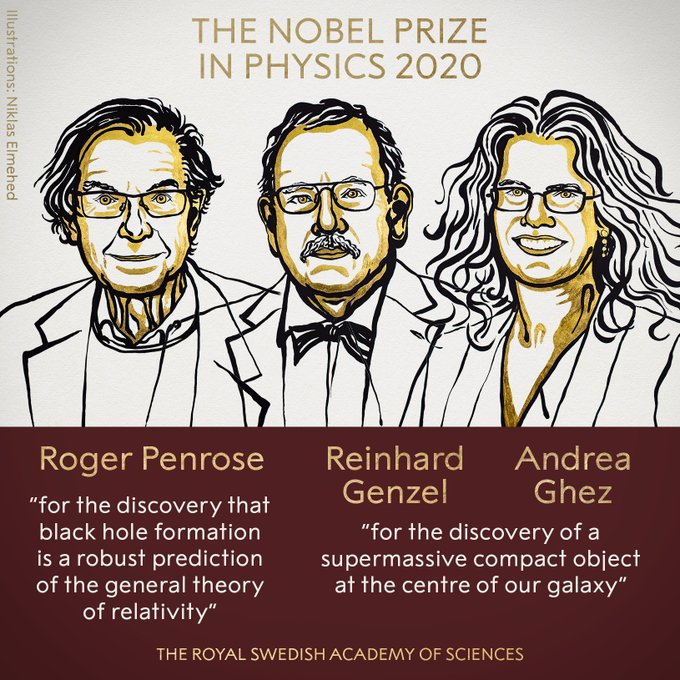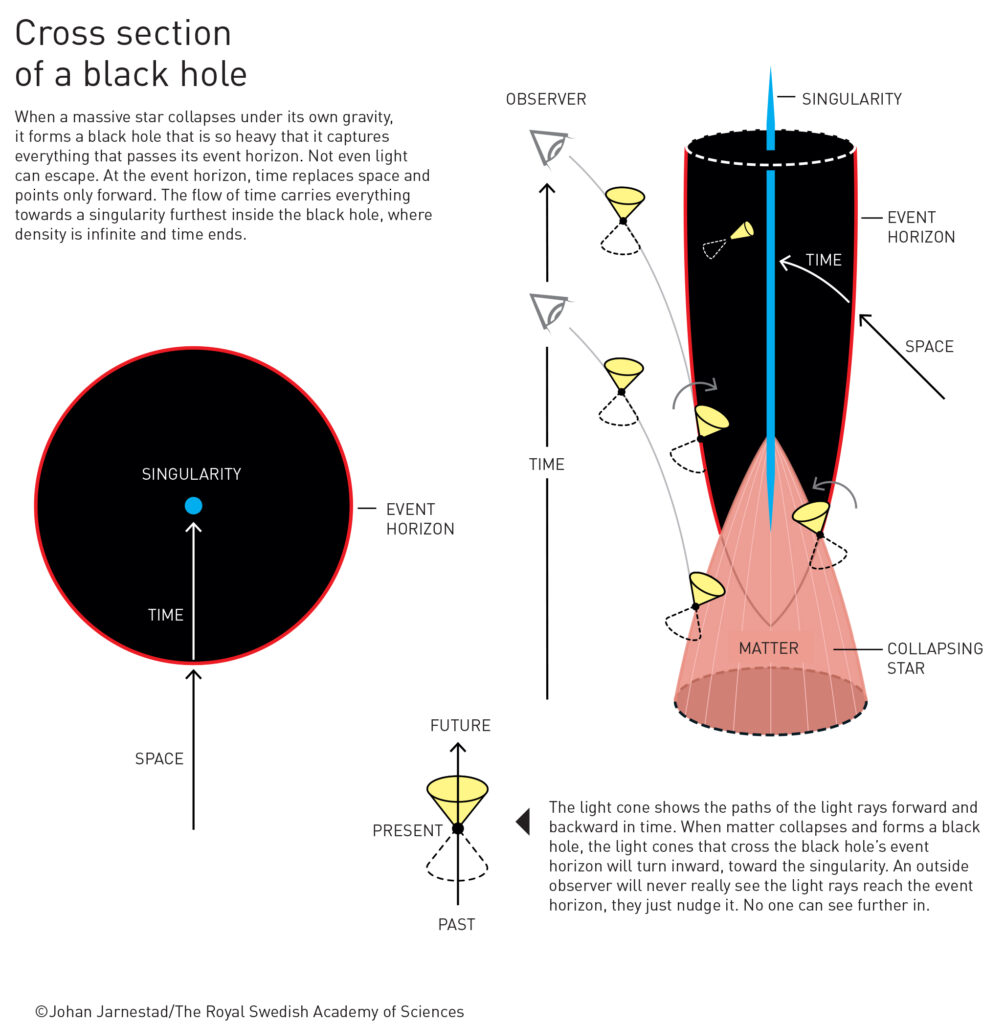In the first week of October, after a half-century for his work, Penrose just has won the long-awaited, deserving “Nobel Prize in the Physics for 2020”, while in a rush to celebrate his 90th Birthday next year. Today, Penrose still serves as the Professor Emeritus Rose Ball Professor of Mathematics at the University of Oxford and continues to open and inspire the minds of young scientists and enthusiasts globally with the same energy he had decades ago when he produced visionaries such as the Late Stephen Hawking.
In an interview, Penrose once said, “I was always plodding, I was good at mathematics, yes, but I didn’t necessarily do very well in my tests.” “But, my teacher realized if he gave me enough time, I would do well. I basically had to do everything by working it out from first principles.” The above statements show the much foundational curiosity and depths of the eminent physicist to engage and pursue problems, eventually shining with creativity and intellect in the end, what every scientist should have and can practice for. None could have thought that Sir Roger would later go on and become such an influence and founder of the new field of “Black Holes” in Cosmology.

Sir Roger was a Topology Mathematician; the field of mathematics where you can explain the geometry of twisted and weirdly stretched objects; then he, later on, proved the possibility of “This extremely dense zones of space, where matter collapses on itself, where gravity is superficial and not even the escape of light is possible, what we know today as the Black Hole.” As predicted in Dr. Albert Einstein’s ‘Field Equations,’ the existence of singularities calling for the robust explanation of possible space-time curvatures to infinity, forming a Black Hole.
In 1965, 55 years ago, “Sir Roger Penrose,” the Legendary Mathematical Physicist and Philosopher of Science wrote a paper precisely “Proving the possibility of Black Holes mathematically as a manifestation of General Theory of Relativity” when it was regarded as a radical, rebellious, yet an intrepid idea in cosmology. The year 1965 was crucial for the history of General Theory of Relativity, a decade of revival since the discovery of “Cosmic Background Radiation,” Penrose’s “Modern Singularity Theorem” was published.
Incredibly from the perspective of discovering, Sir Penrose was one of the first ingenious to show the that the “core of a star can collapse itself, which is about to die in a supernova, can produce such objects” he also suggested that the “Big Bang” could have happened due to a singularity on such a massive, universal scale, or what we believe is the creation of our own universe.


Now, we know that there are numerous Black Holes in our universe, one in our own Galaxy’s center. Two really brilliant scientists of our age, ‘Dr. Reinhard Genzel and Andrea M. Ghez’ have been awarded the 2020 Nobel Prize in Physics, shared with Sir Roger Penrose for proving the existence of a black hole at the center of the Milky Way galaxy.
They discovered that an invisible and cumbersome object governs the orbits of stars at the center of our Galaxy. A supermassive black hole is the only currently known explanation.
Dr.Ghez and Genzel have measured the orbits of stars around the massive object in the center of our Galaxy for decades through international collaborations of different teams; this fundamental scientific discovery is an eventual result of the seed planted by Roger Penrose in 55 years ago, in 1965.
Also, Read: Black hole in the backyard

Fouz Siddiqui is a writer, academic and scientific management person. Presently, he is a Co-founder and Chief Information Officer at Scientia Magazine. As CIO, he oversees the implementation and strategization of Scientia’s technological and scientific vision. Concurrently, In academia, he holds a Lecturer and QM position at ATH – IST. As an academic, his research interests are Exoplanetary Sciences within Astronomy. Furthermore, he also works with Kainaat Studios, as its Manager of Science Outreach.

